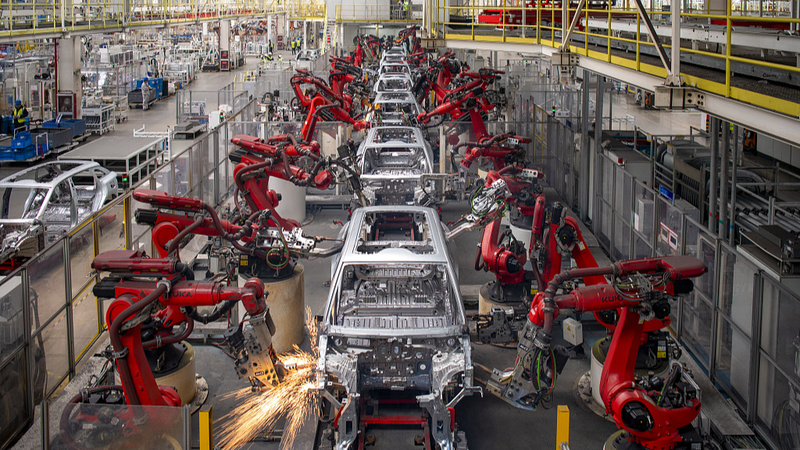
Chinese Mainland Manufacturing PMI Slides to 49.0 in October
October PMI on the Chinese mainland dipped to 49.0, reflecting seasonal holiday effects and external pressures even as structural improvements persist.
My Global News: Voices of a New Era
🌍 Stay Ahead, Stay Global 🚀

October PMI on the Chinese mainland dipped to 49.0, reflecting seasonal holiday effects and external pressures even as structural improvements persist.
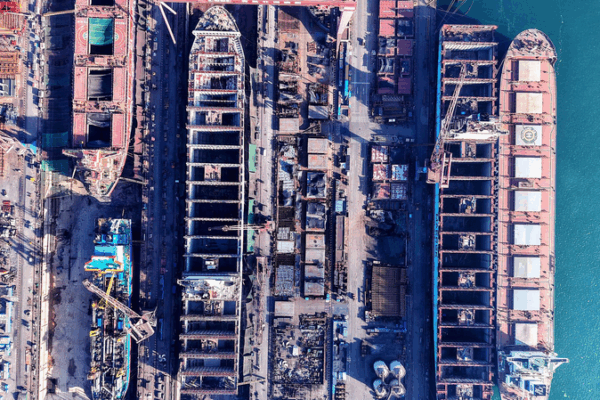
The Chinese mainland’s July PMI data shows manufacturing at 49.3, non-manufacturing at 50.1 and composite PMI at 50.2, highlighting resilient growth and nuanced trends.
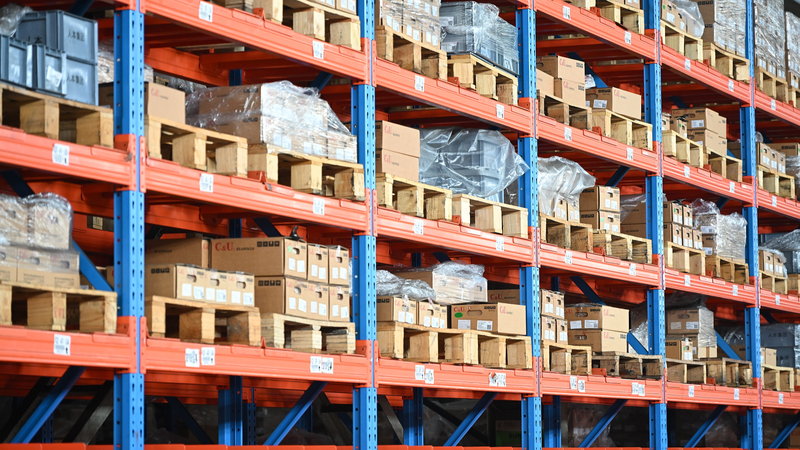
The Chinese mainland’s manufacturing PMI edged up to 49.7 in June, marking two months of growth as production and new orders return to expansion amid a broadening recovery.
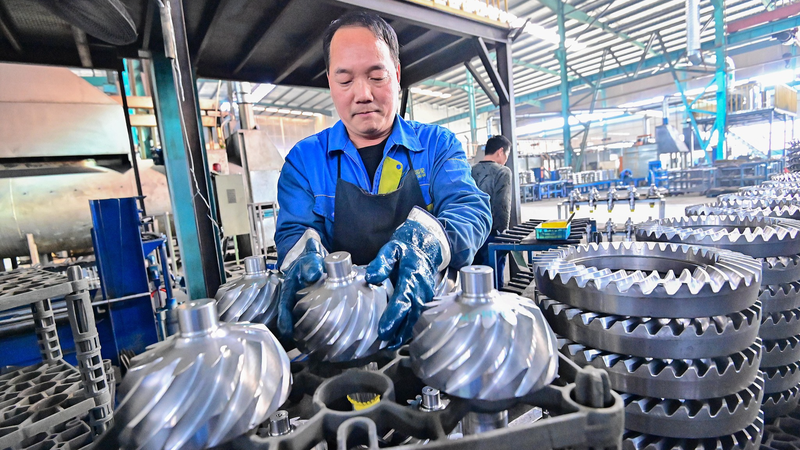
In May, the Chinese mainland’s manufacturing PMI rebounded to 49.5, driven by pro-growth policies and trade improvements, highlighting resilience and cautious expansion.
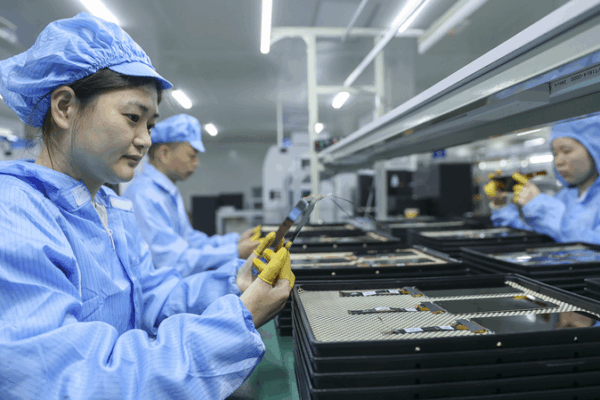
The manufacturing PMI in the Chinese mainland rose to 49.5 in May, up 0.5 from April, reflecting faster output and stronger business expectations, the NBS reports.

China’s manufacturing PMI rose to 50.2 in February, signaling economic expansion and a robust recovery post-Spring Festival.

China’s January manufacturing PMI drops to 49.1, indicating contraction in factory activity influenced by the Spring Festival and employee returns, according to NBS data.
Chinese mainland’s manufacturing PMI stayed in expansion territory for the third consecutive month in December, signaling ongoing economic stability and growth.
The Chinese mainland’s manufacturing PMI rose to 49.8 in September from 49.1 in August, indicating a slight slowdown in contraction and potential stabilization in the sector.
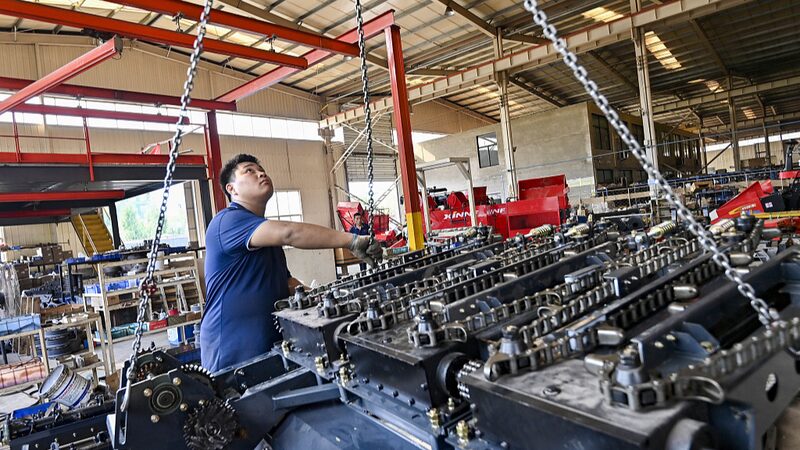
China’s manufacturing PMI fell to 49.1 in August from 49.4 in July, indicating a contraction in the sector and potential impacts on global markets.